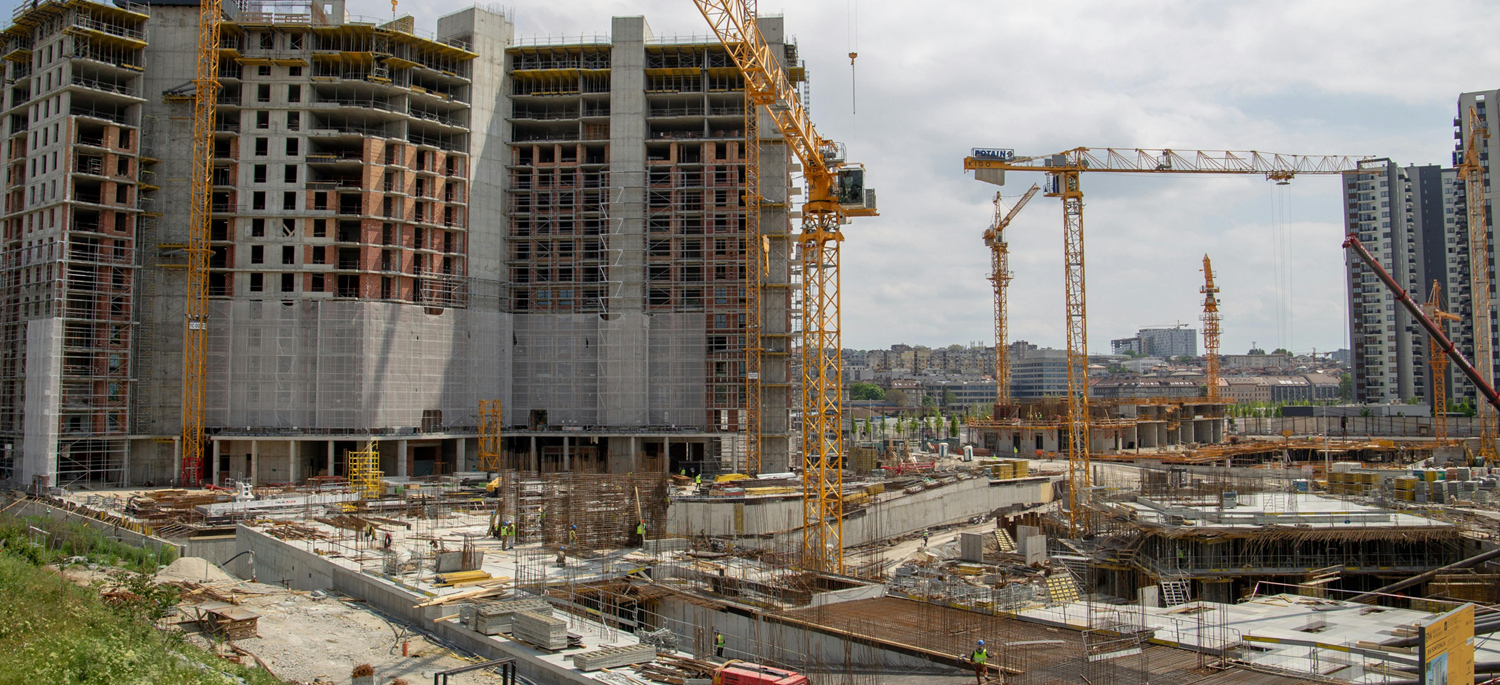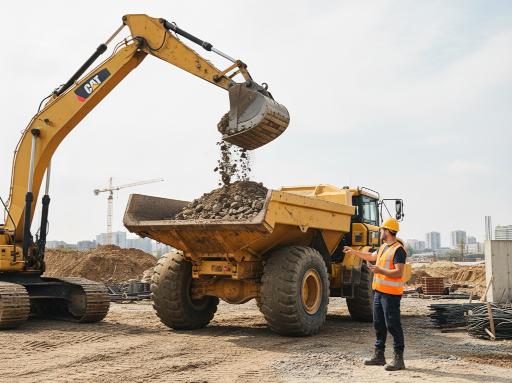
Wireless Communications for Autonomous Construction Equipment
Construction sites are changing fast. Excavators and robotic diggers, cranes, bulldozers and graders, or earth-moving trucks are no longer only manually driven — an increasing number of machines are becoming autonomous or semi-autonomous. They shorten project schedules, let crews work smarter around labour shortages, and can run repetitive tasks 24/7 with high accuracy.
But with great power (and mass) comes great responsibility: these machines are huge, the site is chaotic and crowded, and functional safety must be engineered from the ground up.
The challenge: safety in a chaotic environment
Construction sites are busy, dynamic places where people and machines constantly interact. Autonomous machines are very heavy, and accidents could cause serious injury or even death. Functional safety is therefore paramount.
Standards such as UL 4600, ISO 12100 (risk assessment), EN ISO 13849-1 (safety-related parts of control systems), ISO 13850 (emergency stop), and the EU Machinery Regulation 2023/1230 set the framework that manufacturers and operators must follow.
Beyond single machines

Safety is not only about one machine working correctly. Machines often cooperate — for example, an excavator loading soil into a truck. Like in railways where one train can hide another, a truck can hide a person from an excavator’s sensors. If one machine - or a human operator - detects a risk, others nearby may also need to stop immediately.
Standards also cover remote safety stop operation: emergency stop functions can be triggered remotely, but only if the complete safety chain (including communication) meets the required performance levels.
Communications: the backbone for safety and performance
1. Volatile wireless coverage
Construction sites constantly change: new concrete slabs, steel structures, cranes, scaffolding or heavy equipment can introduce multipath, shadowing and new dead zones. Where there’s perfect reception today, there may be a dead zone tomorrow. The people on-site need to be able to fix this as it occurs, without having to rely on IT people from headquarters, or on a mobile operator. And this without the possibility of pulling wires for additional antenna’s.
2. Ultra-low latency
When an emergency stop command is sent to an excavator, be it from an operator or from another construction machine, a delay of 500 milliseconds is not acceptable. In that time, someone may get crushed by the excavator arm. But also when two machines have to work in perfect synchronization, any unexpected message delay makes the combined system unreliable.
Most wireless networks are very fast and have very low average latency. But in construction scenarios, we need a deterministic network with bounded (guaranteed) latency en extremely high reliability.
Conclusion
Do you want to know more?
Read more about our wireless network for autonomous construction on our technology page, or get in touch with us.
